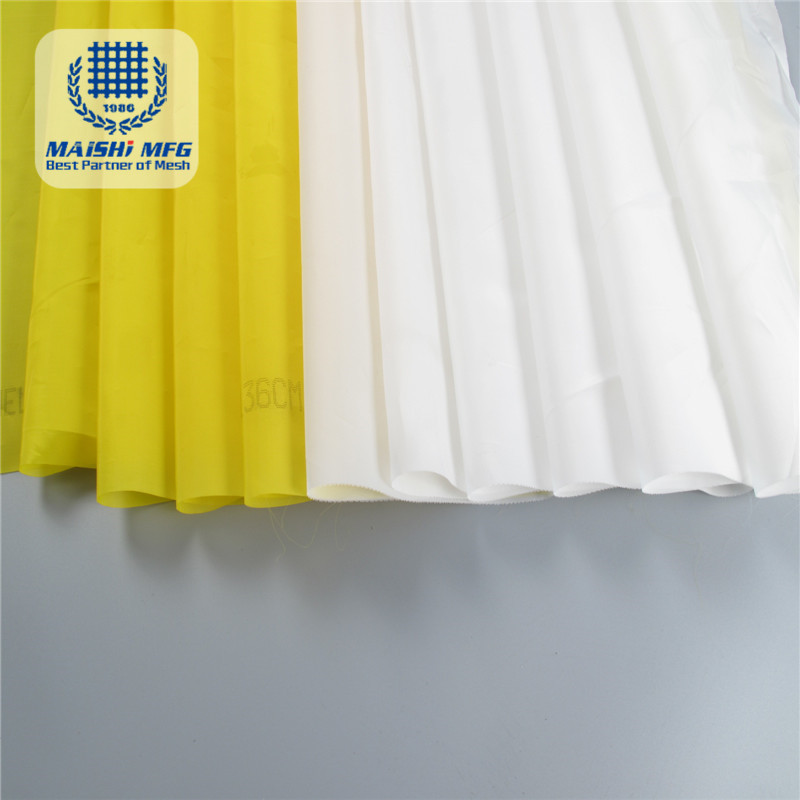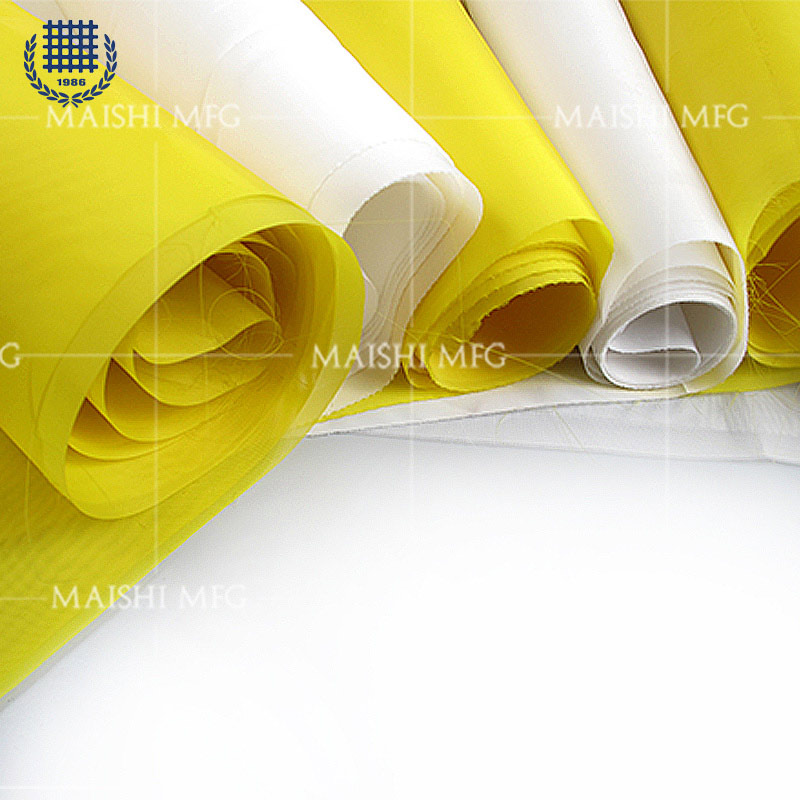 Screen printing meshs have different mesh sizes and specifications. All printed substrate classifications are also in many categories. The substrate will give different characteristics. When choosing a wire mesh, it can be more suitable according to the characteristics of the goods in your own industry. How to choose the specific, maishi wire mesh manufacturers give some professional advice.
Screen printing meshs have different mesh sizes and specifications. All printed substrate classifications are also in many categories. The substrate will give different characteristics. When choosing a wire mesh, it can be more suitable according to the characteristics of the goods in your own industry. How to choose the specific, maishi wire mesh manufacturers give some professional advice.
1: When printing on fiber fabrics such as clothes, scarves, ties, school bags, etc., a thin mesh, a nylon mesh or a polyester mesh may be used.
2: Paper printing When the substrate material is paper, such as: advertising, name, wallpaper, calendar, etc., you can choose thin mesh, thick mesh, nylon mesh, thin polyester mesh, multi-filament polyester Wire mesh, monofilament polyester mesh.
3: Electronic component printing When the substrate material is a circuit board, such as: integrated circuits, semiconductor components, insulating cloth, television components, and the like. Available in thick mesh, monofilament nylon or multifilament polyester mesh.
4: Plastic, glass, ceramics, metal products, wood quality When the substrate material is glassware, metal containers, wood, ceramics, plastic products, toys, etc., thick mesh, monofilament nylon mesh, thin polyester yarn can be used. Net, thin mesh, stainless steel wire mesh.
 Choosing a screen printing mesh suitable for your own industry can be considered based on industry information. When choosing the indicators of the screen printing network, you also need to consider the following questions:
Choosing a screen printing mesh suitable for your own industry can be considered based on industry information. When choosing the indicators of the screen printing network, you also need to consider the following questions:
1 rough graphic printing selects mesh with low mesh number, fine graphic and hierarchical printing to select high mesh screen;
2 For UV, considering the curing effect, the mesh size should not be too low
3 The choice of mesh size should match the number of screens of the soft version of the screen, generally 4 times the number of screens added to the screen as the mesh number;
4 Selecting the Mesh Calculator can help you get data support and determine the relationship between the static mesh size and the dynamic mesh size.

Leave a Comment